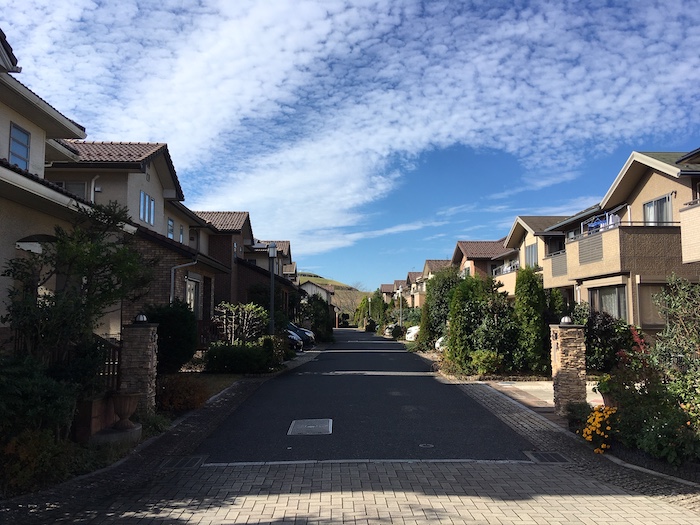Help the rich
 The Japanese government expects 40 million foreign tourists in 2020, which would be a new record. Obviously, many of these people will be coming for the Olympics, but the government seems to think this wave with money to spend is going to be a regular and permanent thing, and they want to be prepared for a future where such people feel welcome. Legalizing casinos is part of this vision, but that plan was mostly formulated before the current foreign tourist boom was confirmed, and, in a real sense, the so-called integrated resorts that are being planned as excuses to allow casino gambling may not be as necessary as they once seemed, but it’s too late to stop now.
The Japanese government expects 40 million foreign tourists in 2020, which would be a new record. Obviously, many of these people will be coming for the Olympics, but the government seems to think this wave with money to spend is going to be a regular and permanent thing, and they want to be prepared for a future where such people feel welcome. Legalizing casinos is part of this vision, but that plan was mostly formulated before the current foreign tourist boom was confirmed, and, in a real sense, the so-called integrated resorts that are being planned as excuses to allow casino gambling may not be as necessary as they once seemed, but it’s too late to stop now.
You can’t have too much for rich people to do, so the latest plan, reportedly the brainchild of Chief Cabinet Secretary Yoshihide Suga, is to build 50 luxury hotels by the mid-2020s. Why luxury hotels and not just regular hotels? Why 50? So far, nobody has really clarified the reasoning behind this ambitious scheme, but in the end the biggest unasked question is: Why the government? Japan is a resolutely capitalist country, reverent to the invisible hand of the market. And while Japan has been jokingly called the most socialist liberal democracy in the world owing to its schemes to game the economy through elaborate spending plans (which invariably help political vested interests), the idea that they would blatantly come up with such a concept to lure rich foreigners seems almost funny.
Some media are saying the scheme was suggested by David Atkinson, a former Goldman Sachs analyst and advisor to the Japan National Tourism Organization who has been promoting inbound tourism for years as a solution to Japan’s fiscal woes. In the interviews Atkinson has given over the years, he doesn’t mention luxury hotels exclusively. He mainly says that Japan needs more rooms of a less traditional sort—fewer ryokan and onsen inns and more conventional Western style hotels where foreign guests can feel comfortable and make their own plans. The trouble with traditional Japanese accommodations is that they tend to take the guesswork out of everything. You eat what they serve you when they serve you and even tell you when to go to bed. Read More

